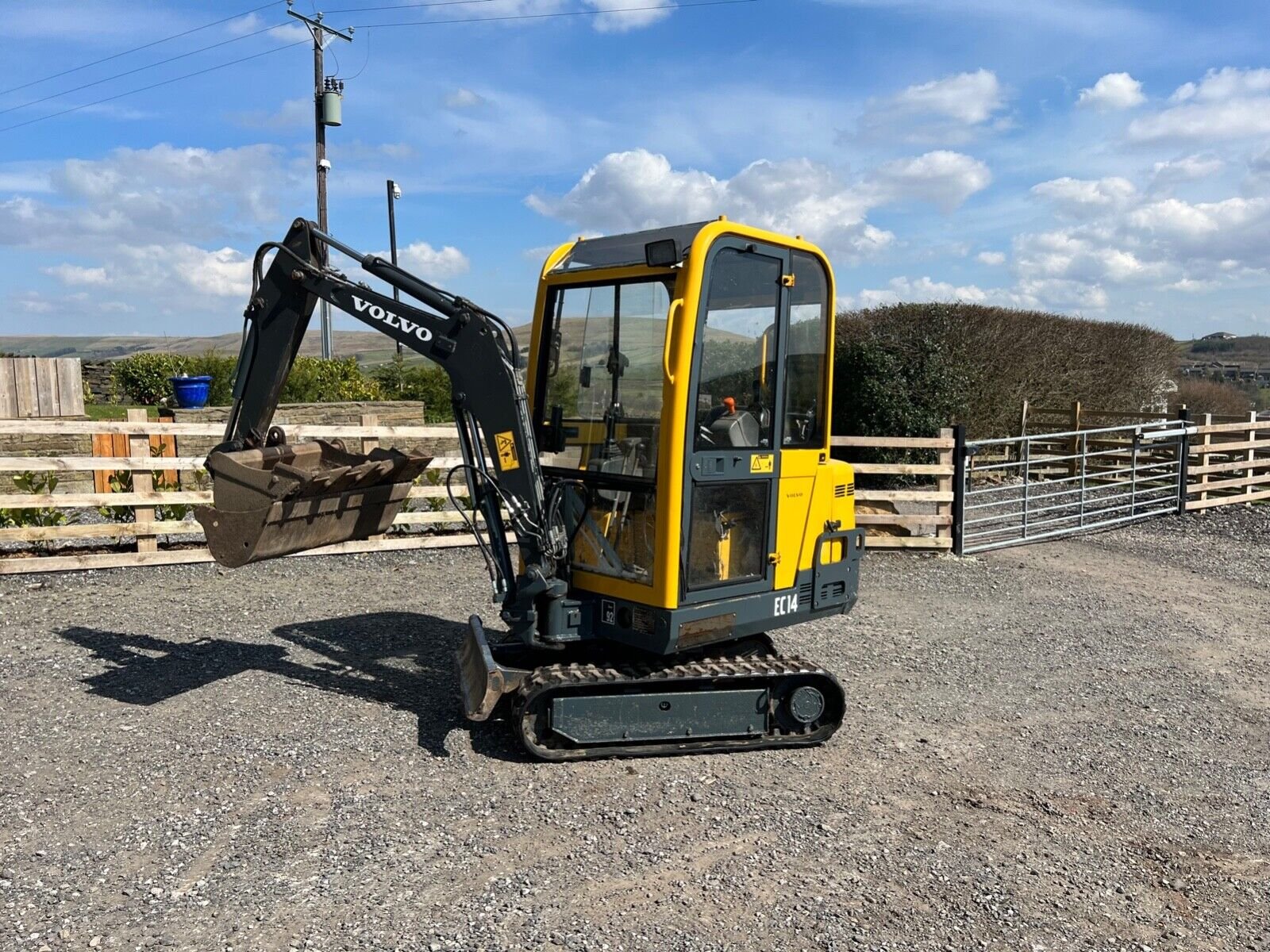Introduction
Welcome to the world of plant trading! In recent years, the trend of exchanging plants among gardening enthusiasts has gained significant popularity. Plant trading offers a unique opportunity for individuals to expand their plant collections, discover rare and exotic species, and connect with like-minded individuals. To facilitate this growing demand, plant trading platforms have emerged as valuable online resources. In this article, we will explore the benefits of a plant trading platform, how to get started, and the future of plant trading.
The Rise of Plant Trading
Over the past decade, there has been a surge of interest in gardening and plant care. People are increasingly drawn to the therapeutic benefits of nurturing plants and creating green spaces. With this increased interest, the desire to diversify plant collections and access unique species has also grown. Traditional avenues for plant acquisition, such as local nurseries and garden centers, may not always offer the desired variety. This is where plant trading platforms come into play, providing a convenient and efficient way to connect with fellow plant enthusiasts from around the world.
Benefits of a Plant Trading Platform
- Access to a Wide Variety of Plants: Plant trading platforms allow users to discover a vast array of plant species that may not be readily available locally. From rare succulents to tropical orchids, these platforms connect individuals with diverse plant offerings.
- Connect with a Community: Plant trading platforms foster a sense of community among plant lovers. Users can engage in discussions, share tips, and exchange knowledge with fellow enthusiasts who share a passion for plants.
- Cost-Effective: Plant trading offers an affordable alternative to purchasing plants outright. By trading with other members of the platform, individuals can expand their collections without breaking the bank.
- Sustainable Plant Sourcing: Plant trading encourages sustainable practices by promoting the reuse and redistribution of plants. It reduces the need for excessive plant production, minimizing the environmental impact associated with plant cultivation and transportation.
How to Get Started with a Plant Trading Platform
Getting started with a plant trading platform is simple and exciting. Follow these steps to embark on your plant trading journey:
- Research and Choose a Platform: Explore different plant trading platforms available online. Consider factors such as user reviews, platform features, and the size of the community. Choose a platform that aligns with your needs and preferences.
- Create an Account: Sign up for an account on your chosen platform. Provide necessary details and set up your profile. Consider adding information about your plant interests and the types of plants you have available for trade.
- Browse and Connect: Start exploring the platform and browse through the listings of available plants. Connect with other members who have plants of interest to you. Initiate conversations and negotiate potential trades.
- Agree on Trade Terms: Once you have identified a plant you wish to acquire, discuss trade terms with the other party. Consider factors such as plant condition, shipping arrangements, and any additional items that may be included in the trade.
- Pack and Ship: Prepare the plants you are sending for trade by securely packaging them to ensure their safe arrival. Follow the shipping guidelines provided by the platform and coordinate the shipping process with the other party involved.
- Receive and Enjoy: Once the plants arrive, unpack them carefully and acclimate them to their new environment. Follow proper care instructions to ensure the health and well-being of your newly acquired plants.
Choosing the Right Plants for Trading
When selecting plants for trading, it is essential to consider factors such as plant health, rarity, and demand. Here are some tips for choosing the right plants:
- Research Plant Popularity: Explore current trends and popular plant species. Look for plants that are in demand within the plant trading community.
- Consider Plant Condition: Ensure that the plants you intend to trade are healthy, pest-free, and well-established. Healthy plants are more likely to be well-received and traded successfully.
- Rare and Uncommon Species: Look for unique and rare plant species that are not commonly available in local nurseries. These plants can generate significant interest among fellow traders.
Ensuring Plant Quality and Health
Maintaining plant quality and health is crucial for successful plant trading. Follow these guidelines to ensure the plants you trade are in optimal condition:
- Proper Plant Care: Provide adequate light, water, and temperature conditions to keep your plants healthy and thriving.
- Regular Inspections: Regularly inspect your plants for any signs of pests or diseases. Promptly address any issues to prevent them from spreading.
- Clean and Sterilize: Before sending plants for trade, ensure they are free from pests and diseases. Clean and sterilize the pots and containers to minimize the risk of contamination.
Building a Community of Plant Enthusiasts
Plant trading platforms not only provide a platform for trading but also offer opportunities to connect and engage with a community of like-minded individuals. Here are some ways to build a strong plant enthusiast community:
- Participate in Forums and Discussions: Engage in conversations on the platform’s forums and discussion boards. Share your experiences, ask questions, and offer advice to fellow members.
- Organize Plant Swaps and Meetups: Arrange local plant swaps or meetups to connect with nearby members of the plant trading community. This allows for in-person plant exchanges and further strengthens community bonds.
- Share Plant Care Tips and Guides: Contribute to the platform’s knowledge base by sharing your plant care tips, guides, and troubleshooting advice. This helps foster a culture of learning and knowledge exchange.
Promoting Sustainable Plant Trading Practices
Sustainability is a crucial aspect of plant trading. Here are some practices to promote sustainability within the plant trading community:
- Encourage Propagation: Share information and resources on plant propagation techniques. Encourage members to propagate their plants and offer propagated cuttings for trade.
- Promote Local Exchanges: Encourage local exchanges to minimize the carbon footprint associated with long-distance plant shipments. Local trades also allow for in-person connections and foster a sense of community.
- Educate on Plant Import and Export Regulations: Raise awareness about plant import and export regulations to prevent the spread of invasive species. Encourage members to comply with local laws and regulations when trading plants.
Tips for Successful Plant Trading
To ensure successful plant trading experiences, consider the following tips:
- Communicate Clearly: Maintain clear and open communication with fellow traders. Discuss plant condition, shipping details, and any additional expectations upfront.
- Packaging and Shipping: Properly package plants to protect them during shipping. Use secure packaging materials and follow the platform’s guidelines for shipping.
- Leave Feedback: After completing a trade, provide feedback and ratings to the other party. This helps build trust within the community and serves as a reference for future trades.
The Future of Plant Trading
As plant trading continues to gain popularity, we can expect further advancements and innovations within the industry. Here are some potential developments for the future of plant trading:
- Virtual Plant Experiences: Virtual reality and augmented reality technologies may offer immersive experiences for plant enthusiasts, allowing them to explore virtual gardens and trade plants virtually.
- Smart Plant Trading: Integration of smart technology, such as plant sensors and automated plant care systems, may revolutionize plant trading by providing real-time data on plant health and care needs.
- Localized Plant Trading Networks: Hyperlocal plant trading networks could emerge, connecting neighbors and communities to trade plants, fostering sustainable practices, and building stronger community bonds.
Conclusion
Plant trading platforms have revolutionized the way plant enthusiasts connect, share, and expand their plant collections. By offering a wide variety of plants, fostering a sense of community, and promoting sustainable practices, these platforms have become essential resources for plant lovers worldwide. Embrace the joy of plant trading, explore new species, and connect with fellow enthusiasts to embark on an exciting journey of green thumb adventures.



